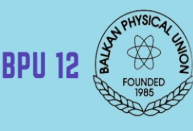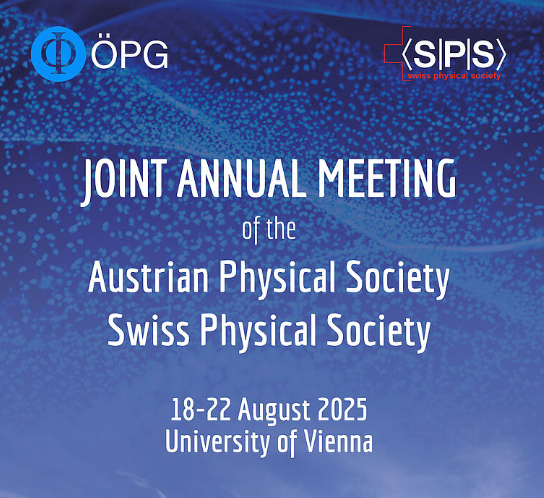https://doi.org/10.1051/epjconf/202023924001
Benchmarking of FLUKA production cross sections of positron emission tomography isotopes for in-vivo range verification in hadron therapy
1 European Organization for Nuclear Research (CERN), Geneva, Switzerland
2 National Institute for Nuclear Physics (INFN), Milan, ITALY
3 Trento Institute for Fundamental Physics and Application (TIFPA), Trento, ITALY
4 GSI Helmholtz Centre for Heavy Ion Research, Darmstadt (GSI), Germany
5 Technische Hochschule Mittelhessen (THM), Giessen, Germany
6 Heidelberg Ion-Beam Therapy center (HIT), Heidelberg, Germany
7 National Centre of Oncological Hadrontherapy (CNAO), Pavia, ITALY
* e-mail: giulia.arico@cern.ch
Published online: 30 September 2020
Protons and carbon ions have been extensively used for radiotherapy treatments, and in comparison to conventional radiotherapy, they allow a more conformal dose to the target tumor, especially in case of deep-seated tumors. However, the accuracy of hadron therapy treatments is affected by uncertainties in the particle range calculations. Several techniques are under development for in-vivo range verification, one of which consists on measuring the activity distributions of positron emitters, such as 10C, 11C and 15O, which are produced in the patient body during proton and carbon ion treatments. A comparison between measured and expected positron emitter activity distributions can provide information on the quality of the delivered treatment and accuracy of the particle range calculations. In this work the FLUKA production cross sections for 10C, 11C and 15O originated from proton and carbon ion beams in carbon and oxygen targets were compared with experimental data, at low and therapeutic energies.
© The Authors, published by EDP Sciences, 2020
 This is an Open Access article distributed under the terms of the Creative Commons Attribution License 4.0, which permits unrestricted use, distribution, and reproduction in any medium, provided the original work is properly cited.
This is an Open Access article distributed under the terms of the Creative Commons Attribution License 4.0, which permits unrestricted use, distribution, and reproduction in any medium, provided the original work is properly cited.




